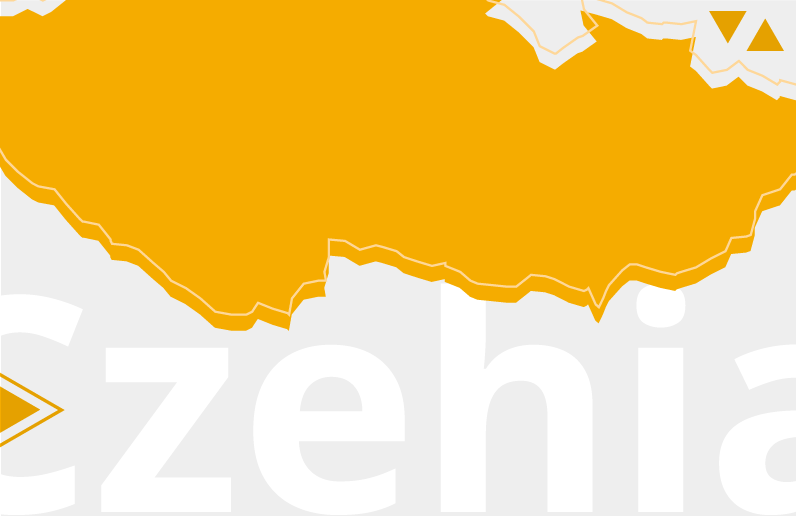Exploring a fail-safe mechanism of translation
Meet new EMBO Installation Grantee Petr Těšina
Facts and figures, life scientists in Czechia, EMBO opportunities
Meet new EMBO Installation Grantee Petr Těšina
Meet Petr Svoboda, former EMBO Long-Term Fellow and Installation Grantee

Czechia has been an EMBC Member State since 1994.
Created by the peaceful division of the former Czechoslovakia in 1993, and located in the central heart of Europe, the Czech Republic has a long history of involvement in science and technology – the Charles University was established in 1348 as the first ‘Studium generale’ north of the Alps and east of Paris[1] and the famous Prague Astronomical Clock from 1410 is the oldest still in operation.[2]
The Charles University remains the country’s largest, and there are now 62 higher education institutions [3]across the country, with more than 280,000 enrolled students[4] including more than 50,000 in life sciences fields. [5]
Around 35% of young adults in the Czech Republic attain a tertiary education.[6]
In 2021, 85,000 people in the Czech Republic were employed in R&D work. [7] In addition to specialized research institutions, such as the scientific institutes of the Czech Academy of Sciences[8], and support from the Technology Agency of the Czech Republic,
the country supports a range of research-business networks including Digital Innovation Hubs [9]. The European Patent Office granted 154 patents with first patentees residing in the Czech Republic in 2020[10], and the Czech Patent Office received 673 patent applications.[11]
Research and development in the Czech Republic benefits from major inward investment. Gross expenditure on research and development (GERD) increased slightly from 2015 to 2021, to 2.0%.[12] The main sectors financing GERD were business enterprise, providing 36.1% in 2021, the Czech government (32.3%) and inward investment (30.5%).[13] Total R%D spending rose 68% between 2012 and 2021 to reach 122 billion Koruna.[14]
Life scientists in the Czech Republic have access to national funding through the Czech Science Foundation (GACR).[15] They also receive funding through Horizon Europe projects, European Research Council grants, and Marie Skłodowska-Curie Actions[16] as well as EMBO[17].
Population: 10 873 553[18]
R&D spending: 2.0% of GDP
People employed in R&D: 85,000
Foreign researchers: 6.1% [19]
Patents (European Patent Office): 154
Higher Education Institutions: 62
Higher Education enrolment: 280,000
Horizon 2020 funding[20]:
– 2,077 organizations and 388 SMEs involved in H2020 projects
All life scientists in the Czech Republic are eligible for the EMBO Programmes supporting life scientists in Europe and beyond.
Find out about all EMBO funding schemes here.
All information as of May 2024.
[1] Charles University website
[2] History of the Prague Astronomical Clock
[3] Czech National Agency for International Education and Research
[4] Czech National Agency for International Education and Research
[5] CzechInvest Investment and Business Development Agency
[9] European Commission database
[10] European Patent Office, 2020 annual report.
[11] Czech Patent Office, 2020 annual report, page 12.
[13] European Commission database
[19] European Commission, 2022 Science, Research and Innovation performance of the EU, figure 6-2-2
Meet new EMBO Installation Grantee Petr Těšina
Meet Petr Svoboda, former EMBO Long-Term Fellow and Installation Grantee